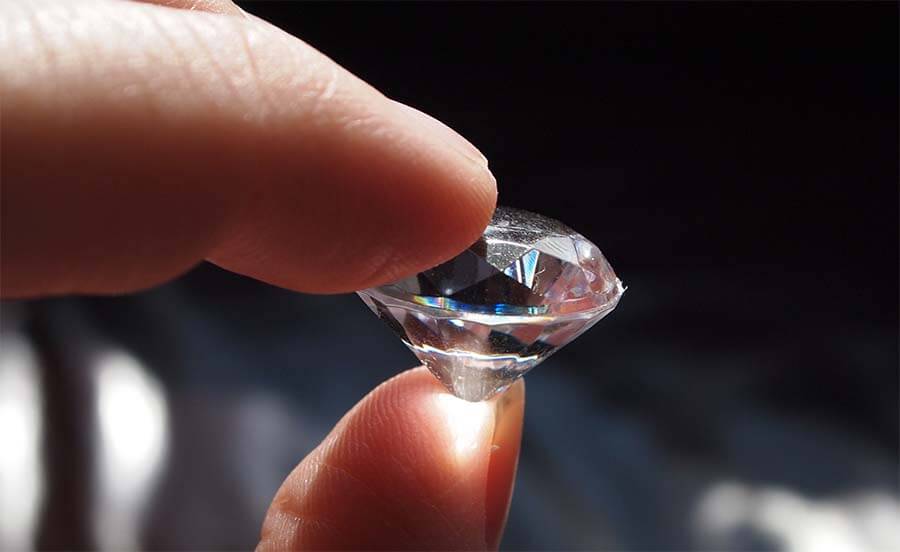Introduction to Diamond Cut
What exactly is diamond cut? In the simplest terms, diamond cut refers to the arrangement of a diamond’s facets and the quality of its proportions. It’s a critical factor that directly influences how much a diamond sparkles and how brilliantly it reflects light. Essentially, a well-cut diamond maximizes the interaction with light, resulting in a dazzling display of brightness, fire, and scintillation.
History of Diamond Cutting
Diamond cutting has a rich history dating back centuries. Initially corte del diamante, diamonds were cut using rudimentary techniques that focused more on shaping rather than enhancing brilliance. Over time, as craftsmanship evolved, diamond cutting techniques became more sophisticated, leading to the development of various cutting styles that we recognize today.
Early Methods of Diamond Cutting
Early diamond cutting involved basic techniques such as point cutting and table cutting, which aimed to shape diamonds into rudimentary forms while minimizing roughness.
Evolution of Diamond Cutting Techniques
The 17th and 18th centuries witnessed significant advancements in diamond cutting techniques, with the introduction of the rose cut and old mine cut, which laid the foundation for modern diamond cuts.
Key Aspects of Diamond Cut
To understand diamond cut fully, one must grasp its key aspects: facets and proportions. Facets are the flat, polished surfaces on a diamond that allow light to enter and reflect back, contributing to its sparkle. Meanwhile, proportions refer to the relationships between the diamond’s dimensions, including its depth and table size.
Facets and Their Role
Each facet of a diamond serves a specific purpose in maximizing light performance. The arrangement and precision of facets determine how effectively light enters the diamond and reflects internally, enhancing its brilliance.
Proportions and Symmetry
Proper proportions and symmetry are crucial for optimizing a diamond’s light reflection and refraction. Diamonds with well-balanced proportions and symmetrical facets are prized for their superior brilliance and sparkle.
Popular Diamond Cut Types
Diamonds come in various cuts, each with its own unique characteristics and appeal. From classic round brilliants to fancy shapes like emerald and princess cuts, the diversity in diamond cuts caters to different tastes and preferences.
Round Brilliant Cut
The round brilliant cut is renowned for its exceptional brilliance and timeless appeal. With 58 facets meticulously angled and proportioned, it remains the most popular choice for engagement rings and fine jewelry.
Princess Cut
The princess cut features a square or rectangular shape with sharp, uncut corners. It combines the brilliance of a round diamond with a modern, geometric silhouette, making it a popular choice for contemporary jewelry designs.
Factors Influencing Cut Quality
Achieving the perfect diamond cut involves assessing several factors that determine its overall quality and brilliance. Cut grading criteria set by gemological laboratories like the Gemological Institute of America (GIA) help consumers understand and compare the cut quality of diamonds.
Diamond Cut and Light Performance
Light performance is a critical aspect of diamond cut, determining how effectively a diamond interacts with light to create brightness, fire (dispersion of light into spectral colors), and scintillation (sparkle caused by movement).
Light Reflection and Refraction
Diamonds are renowned for their ability to bend and reflect light due to their high refractive index. Properly cut diamonds optimize light reflection and refraction, enhancing their brilliance and overall visual appeal.
Brilliance, Fire, and Scintillation
Brilliance refers to the brightness created by internal and external reflections of light within a diamond. Fire refers to the spectral colors that disperse as light enters and exits the diamond, creating a rainbow effect. Scintillation is the sparkle or flashes of light that occur when a diamond moves, captivating the eye with its dynamic play of light.
Diamond Cut Grades
Understanding diamond cut grades helps consumers make informed decisions when purchasing diamonds. The GIA cut grading scale categorizes diamonds based on their light performance and overall beauty.
GIA Cut Grading Scale
The GIA’s cut grading scale ranges from Excellent to Poor and considers factors such as proportions, symmetry, and polish. Diamonds with Excellent and Very Good cut grades are prized for their exceptional brilliance and beauty.
Ideal Cut vs. Very Good Cut vs. Good Cut
An ideal cut diamond reflects nearly all light that enters it, creating maximum brilliance and fire. Very good and good cut diamonds also offer excellent light performance, with slight variations in how they reflect and disperse light.
Choosing the Right Diamond Cut
Selecting the right diamond cut involves considering personal preferences, style, and the diamond’s intended use. Each diamond cut offers unique characteristics that appeal to different tastes and complement various jewelry settings.

